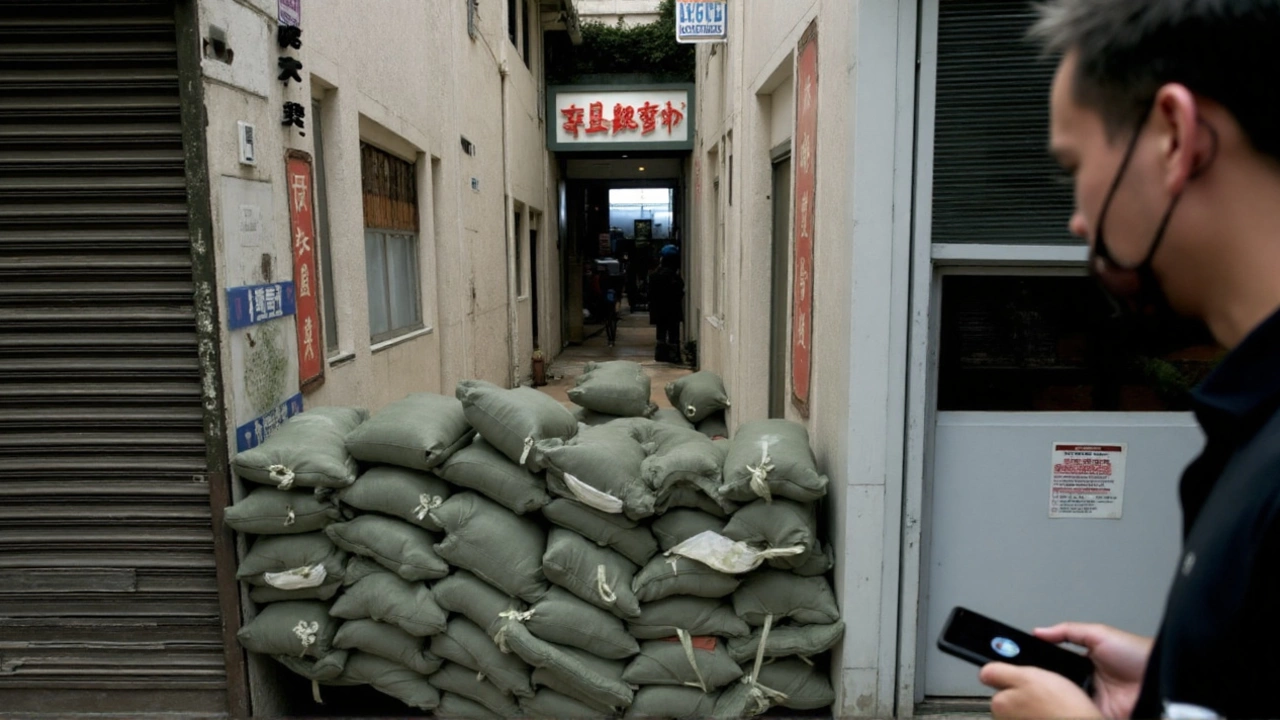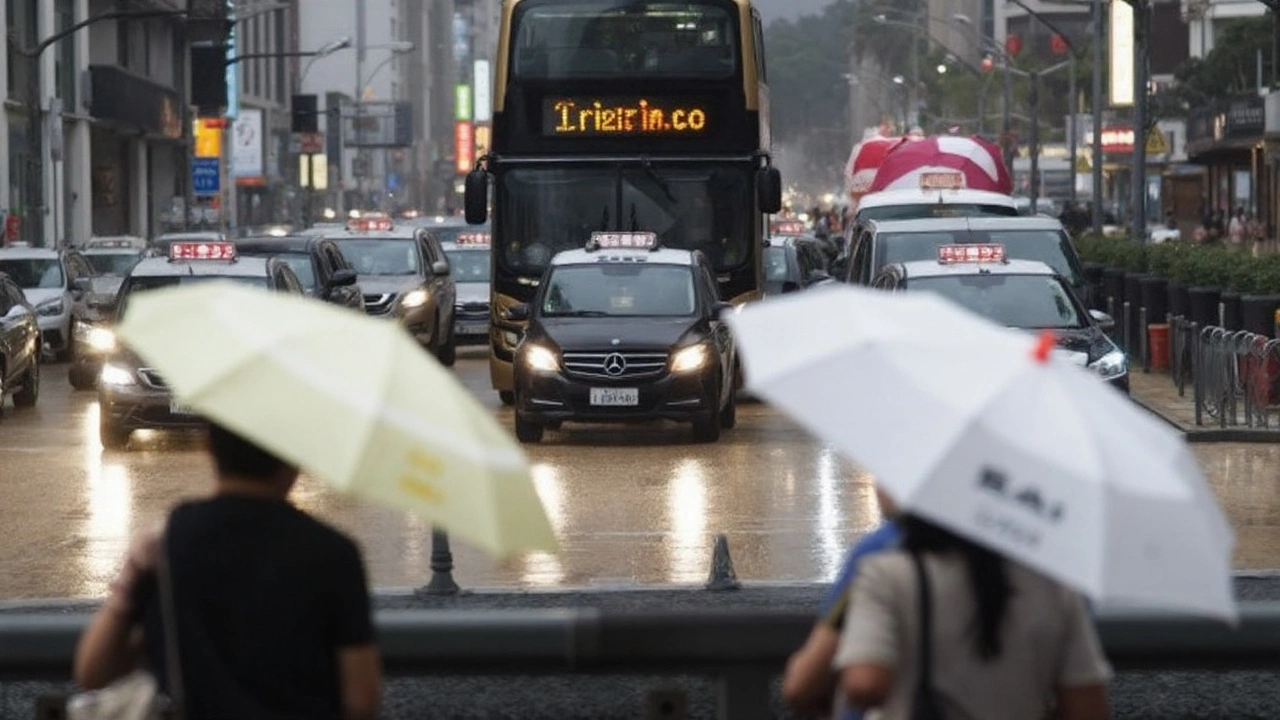Hong Kong under Signal 10: A rare warning
When the Hong Kong Observatory raised the highest‑level Signal 10, residents knew they were in for a rough night. Super Typhoon Ragasa barreled in with sustained winds of 120 mph and gusts that tipped the scales at 130 knots, whipping the SAR’s shoreline into a frenzy. Streets in Kowloon and the New Territories flooded within hours, and the city’s drainage systems were overwhelmed, leaving vehicles stranded and storefronts underwater.
Officials warned of "hidden dangers" – from loose power lines to sudden surges of water in basements. The advice was simple: stay indoors, avoid downed cables, and keep pets safe. Even as the storm began to drift away by mid‑afternoon, gusty conditions lingered, prompting the Observatory to keep the signal in place longer than usual.

Evacuations in Guangdong and the wider threat
Across the border in Guangdong Province, local governments scrambled to move roughly two million people to safer ground. Schools, factories, and even some municipal offices shut down early on Tuesday, giving workers a full day to pack essentials and head for evacuation centres. The forecast called for landfall near the Leizhou Peninsula later that evening, with waves predicted to reach 38 feet – a height that could easily swamp low‑lying coastal towns.
While the typhoon was expected to weaken once it hit land, experts warned that the system would still unleash brutal rain bands and strong winds far inland. The Joint Typhoon Warning Center kept a close eye on the storm as it tracked west‑southwest, noting that it could eventually push into the northern borders of Vietnam and Laos, extending the period of disruption for weeks.
Ragasa’s trail of destruction isn’t new. Just days earlier, the storm slammed Taiwan, leaving at least 15 dead, and then flared up across the Philippines, where three more lives were lost and thousands were displaced. Southern Chinese cities had already begun scaling back daily operations, with public transport running on limited schedules and many businesses shuttered to protect workers.
Residents in Hong Kong and Guangdong are now coping with the aftermath: clearing debris, assessing damage to roofs and power lines, and supporting neighbors who lost homes. Relief agencies have set up temporary shelters and are distributing basic supplies, while engineers inspect the battered infrastructure for safety before services can be fully restored.
